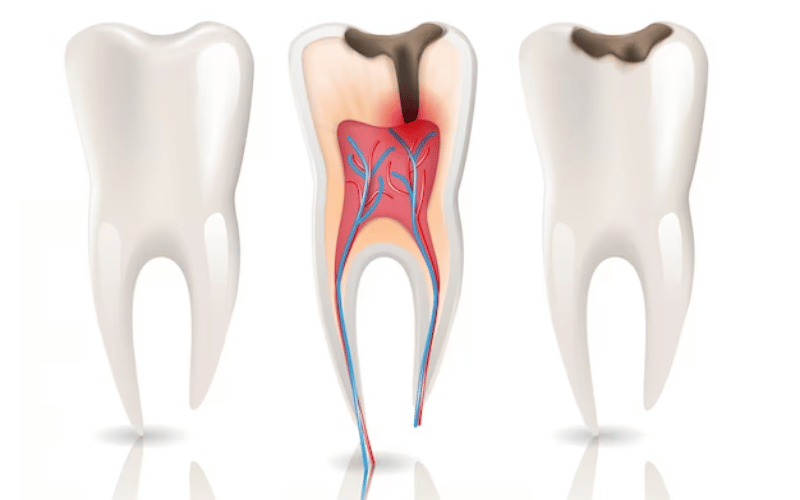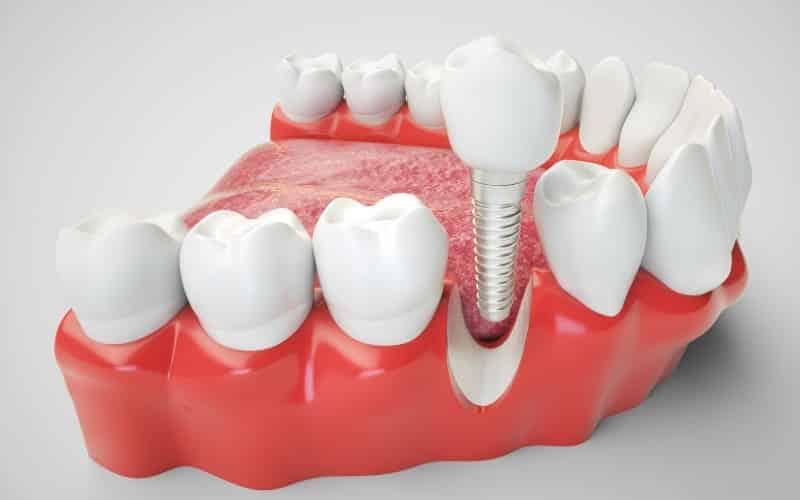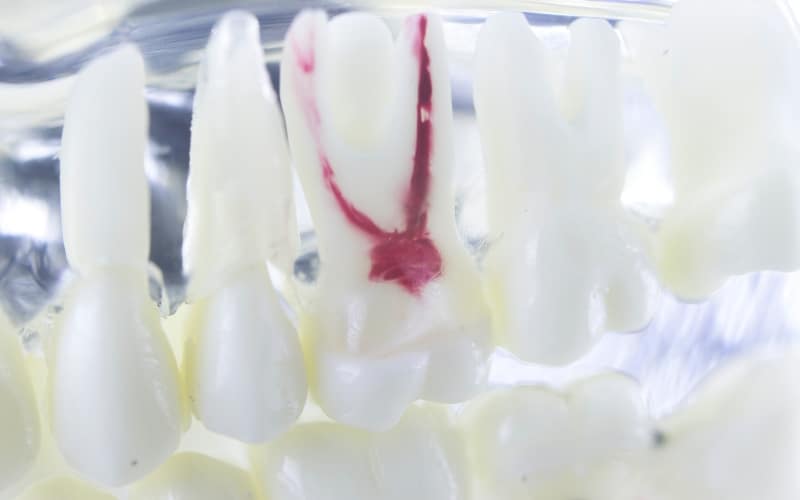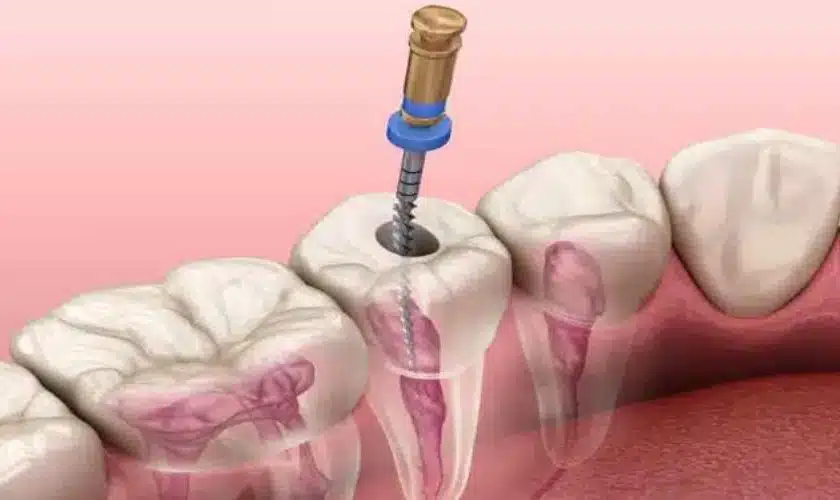A Root canal involves removing infected pulp inside a tooth, disinfecting, and sealing it. This procedure saves a tooth by addressing decay or infection. Tooth extractions, on the other hand, entail removing a damaged or infected tooth entirely.
While root canals aim to preserve a tooth’s structure, extractions become necessary when the damage is severe, preventing restoration. Both procedures relieve pain and prevent further oral issues, but root canals maintain natural teeth, while extractions may require replacement options like implants or bridges for functional and aesthetic purposes.
Consulting a dentist helps determine the most suitable treatment based on individual dental health conditions.
Differences between Root Canals and Tooth Extractions
Root canals involve removing infected pulp, cleaning the tooth, and sealing it to preserve it. This procedure aims to save a damaged tooth by addressing decay or infection while keeping its structure intact.
Tooth extractions, however, entail completely removing a damaged or infected tooth. Extractions become necessary when the damage is severe, and restoration isn’t impossible. Root canals maintain the natural tooth structure, while extractions may require replacement options like implants or bridges.
Root canals alleviate pain and save the tooth, whereas extractions remove the tooth entirely, potentially necessitating additional dental work for tooth replacement and restoration. Consulting a dentist helps determine the suitable procedure based on individual dental conditions.
Factors That May Influence Pain Levels During Procedures
Several factors can influence pain levels experienced during dental procedures:
1. Individual Pain Thresholds: Pain tolerance varies among individuals. Some people may have higher pain thresholds and experience less discomfort during dental procedures, while others may be more sensitive to pain.
2. Severity of Infection or Damage: The extent of infection or damage to the tooth can impact the pain experienced during procedures. Severe infections may result in more significant discomfort during treatments like root canals or extractions.
3. Skills and Techniques of the Dentist: A skilled and experienced dentist can perform procedures more efficiently, minimizing tissue trauma and potentially reducing post-procedural pain.
4. Use of Anesthesia: Adequate administration of local anesthesia is crucial in minimizing pain during dental treatments. The effectiveness and amount of anesthesia can affect the patient’s discomfort level.
5. Patient Anxiety and Stress: Nervousness, fear, or anxiety before and during the procedure can increase sensitivity to pain. Techniques to manage anxiety, such as relaxation exercises or sedation, may help reduce discomfort.
Factors like proper communication with the dentist, following pre-and post-operative instructions, and using pain management strategies recommended by the dental professional can also influence pain levels experienced during and after dental procedures.
Tips for Choosing Between a Root Canal and Tooth Extraction
When considering whether to undergo a root canal or tooth extraction, here are some tips to help make an informed decision:
1. Assessment of Tooth Condition: Have a thorough examination by a dentist to evaluate the extent of damage or infection in the tooth. A root canal might be viable if the damage is confined and can help preserve the tooth’s structure.
2. Preserving Natural Teeth: If natural teeth are your priority, a root canal can save the tooth by removing infection while keeping its structure intact. Extraction should be your last resort when preservation isn’t feasible due to severe damage or infection.
3. Long-Term Oral Health and Functionality: Consider the long-term implications. Root canals preserve the natural tooth and help maintain proper oral function. However, if the tooth’s condition may compromise oral health, extraction followed by a replacement option (implant, bridge, or denture) might be necessary.
4. Cost and Time Consideration: Root canals may be more time-consuming and initially more expensive than extractions. However, factoring in the cost of tooth replacement options after extraction, the overall cost difference might vary.
5. Consultation with a Dental Professional: Discuss your concerns, expectations, and overall dental health goals with a dentist. They can provide personalized advice based on your situation, guiding you toward the most suitable option, considering your dental health, lifestyle, and preferences.
Ultimately, the decision between a root canal and tooth extraction depends on various factors, including the tooth’s condition, personal preferences, long-term oral health goals, and professional advice from a dentist.
Conclusion
Several considerations are vital for optimal dental health in determining whether to proceed with a root canal or tooth extraction. Evaluating the tooth’s condition, prioritizing preservation of natural teeth, long-term oral health goals, cost, and professional guidance are crucial factors.
For personalized advice, consultation with a dental expert at Advanced Solutions Family Dental in Oak Forest, IL, proves invaluable. Their expertise ensures informed decisions aligning with individual needs, whether preserving the tooth through a root canal or opting for extraction when necessary.










